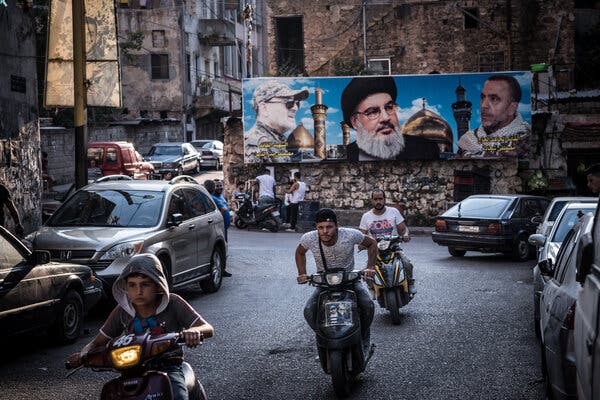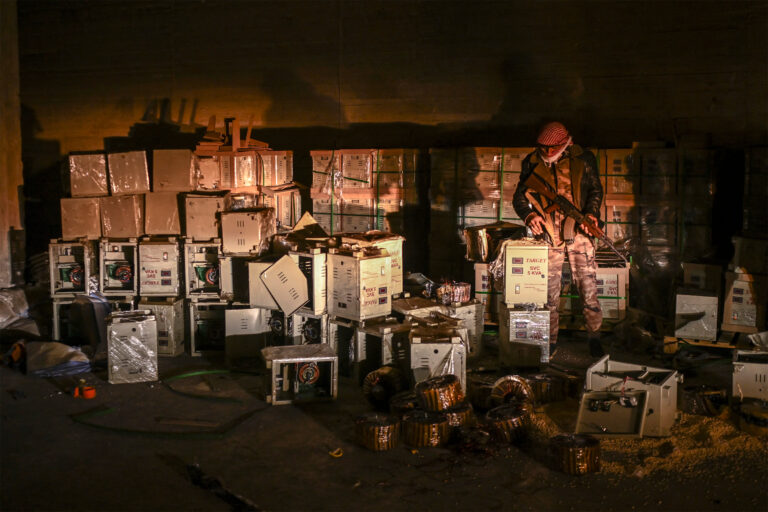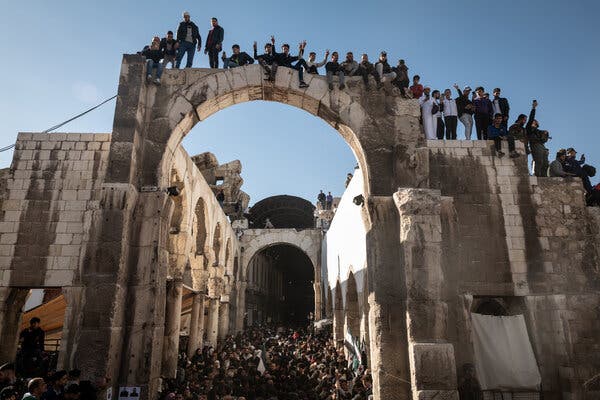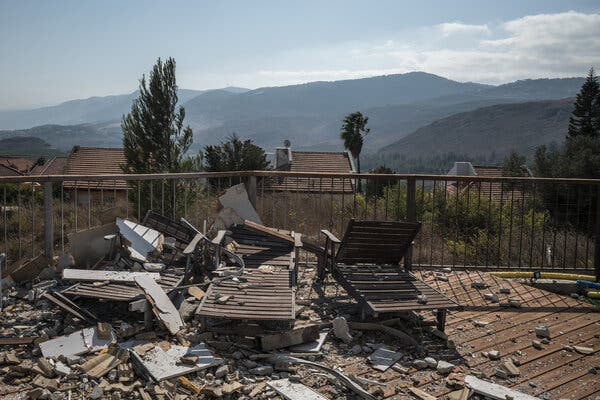Hassan Nasrallah’s killing raises questions about whether the group can strike back at Israel. But U.S. officials say it’s too soon to count the group out.

For more than three decades, he was the face and brain of Hezbollah.
Hassan Nasrallah, whom Israel killed on Friday in heavy airstrikes on his organization’s underground headquarters near Beirut, plotted and greenlit attacks and negotiated political alliances. He served as a charismatic unifying figure for the group’s members and followers, convincing them in frequent speeches of the righteousness of their anti-Israel struggle and reassuring them that victory was on the way.
And now he is gone, a blow to the organization so deep that it raises crucial questions about how and whether its remaining forces can strike back at Israel.
Israel long considered Mr. Nasrallah not only a terrorist, but also the wily figure behind one of its most immediate national security threats. Israeli officials have described their swift escalation against the group, which culminated in the killing of Mr. Nasrallah, as a type of shock-and-awe campaign, aimed at damaging Hezbollah so quickly that Israel would not need to send ground troops across its northern border to meet its objectives in debilitating the group.
With Mr. Nasrallah gone, there is no other Hezbollah leader to take his place who comes close to him in terms of stature and experience. Still, officials and analysts in the United States, while acknowledging his death as damaging the group, cautioned that counting Hezbollah out too quickly could be a mistake.
They pointed to Gaza, where Israel has fought for 11 months to break Hamas, a less sophisticated adversary, without achieving a decisive victory and with a tremendously high cost in human lives.
Hamas’s extensive web of tunnels has bedeviled Israeli forces, and Hezbollah has its own networks. In fact, Hamas learned what it knows about tunnels from Hezbollah, American officials said. One official called Hezbollah Hamas’s “big brother.”



